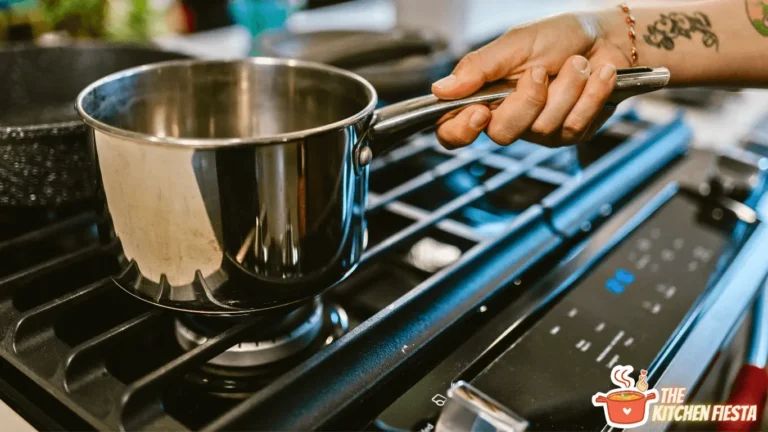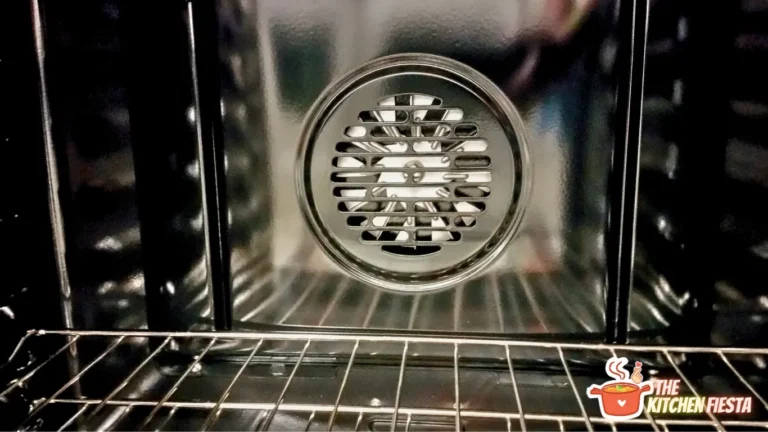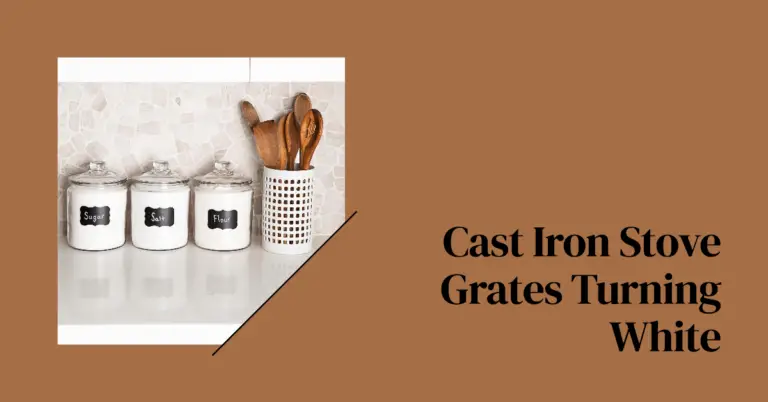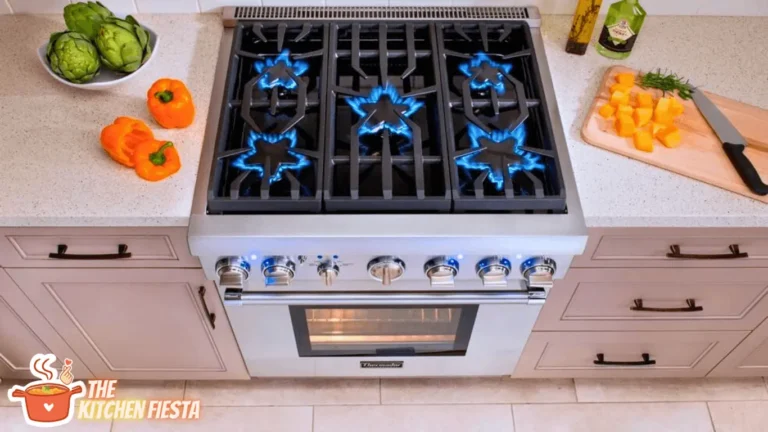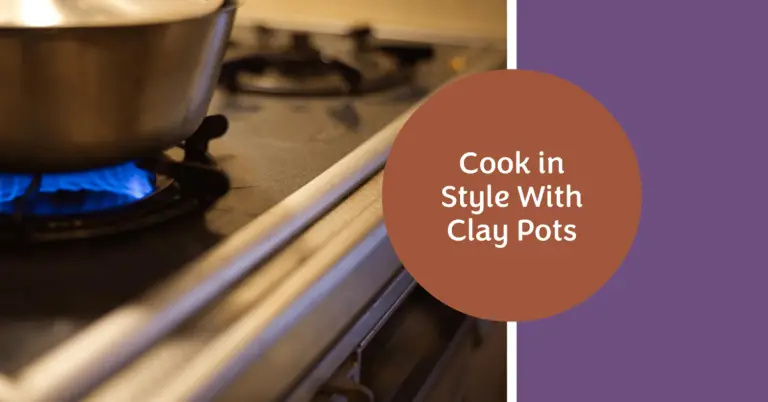Brass Burners vs Stainless Steel Stove Burners: Which Is Better for Your Kitchen?
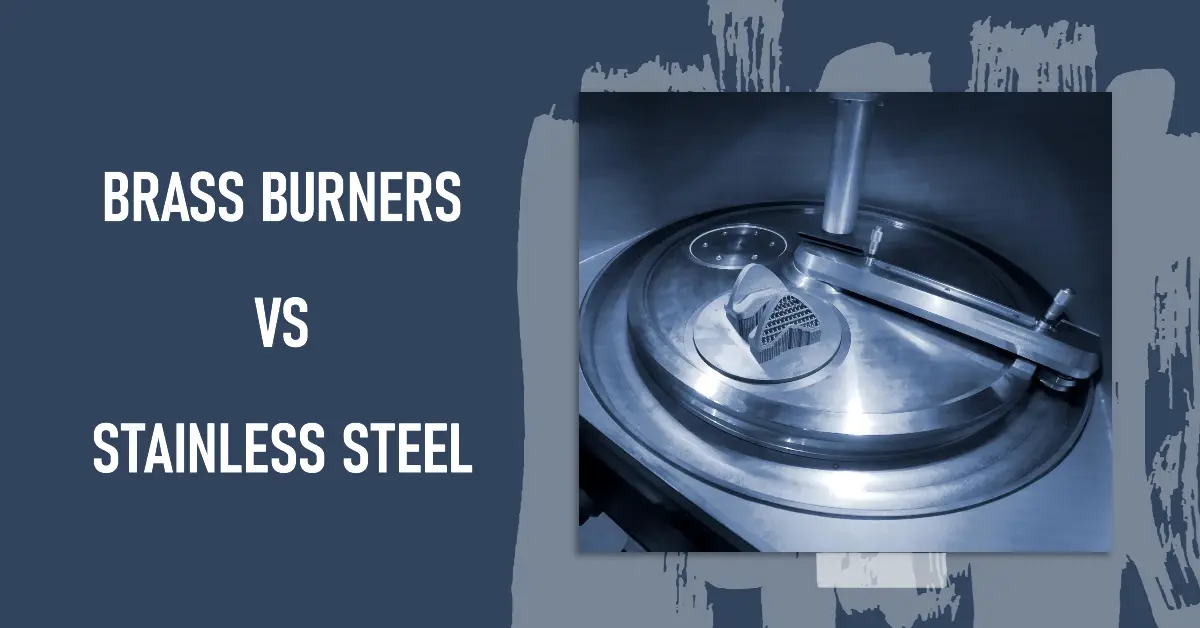
When it comes time to buy a new stove or range, most home chefs don’t give much thought to the material of the burners. But understanding the key differences between brass burners and stainless steel burners can help you determine which is the better option for your cooking style and kitchen needs.
So should you opt for durable and responsive brass burners or affordable and low-maintenance stainless steel burners? This extensive guide compares the two materials on all the factors that matter most – durability, heat conductivity, ease of cleaning, costs and more.
The Importance of Burner Material
The material your stove burners are made from directly impacts several aspects of your everyday cooking experience, including:
- Temperature control – How quickly the burner heats up and cools down, and how evenly it distributes heat. This affects cooking precision.
- Durability – Resistance to corrosion, warping and other damage from daily wear and tear over many years. This determines lifespan.
- Ease of maintenance – How much regular cleaning and upkeep is required to keep your burners looking and performing their best.
- Costs – Material is a major factor affecting appliance prices. Prices also vary based on brand, features, etc.
Considering all these factors will help you make the burner material decision that fits your cooking style, kitchen aesthetic and budget.
Brass Burners: The Durable, Responsive Choice
Brass burners have long been the gold standard of stove burners, known for their unparalleled responsiveness and temperature control. This comes from brass being an excellent conductor of heat. The heavy metal material also makes brass burners highly durable and long-lasting.
Here’s a more in-depth look at the benefits of brass:
1. Quick, Even Heating
Brass has extremely responsive heat conductivity. When you turn the knob to medium or high heat, a brass burner will heat up very rapidly. And it cools back down just as quickly when heat is lowered or turned off.
This allows for precise temperature adjustments needed for simmering, boiling, sautéing and other cooking techniques. The material also distributes heat evenly across the burner surface, eliminating annoying hot or cold spots.
2. Durability Measured in Decades
A quality brass burner should easily last 15-20 years or more with proper maintenance. The thick, heavy metal stands up to high heat and resists corrosion and warping over time better than other materials.
Many brass burners are constructed from die-cast brass. This manufacturing process produces an exceptionally durable and stable final product.
While not completely indestructible, brass holds up very well to heavy daily use without significant wear and tear. This makes it a sound long-term investment.
3. Develops Unique Patina Over Time
After many years of use, brass burners take on a distinctive patina finish. This is a darkened, dulled appearance that can range from golden brown to nearly black.
Some homeowners appreciate this vintage aesthetic. But if you prefer the shiny look of new brass, the patina can be polished away with vinegar, baking soda or brass cleaner.
Eventually the patina will return with ongoing use. But keeping brass burners looking nice for decades is very achievable with proper maintenance.
4. Higher Upfront Costs
The excellent durability, performance and temperature control of brass comes with a higher price tag. Brass burners are most commonly found in pro-style luxury ranges from brands like Wolf, Viking and others.
These professional-grade appliances geared for serious home chefs cost several thousand dollars or more. But the extra brass burner expense pays off in the long run through decades of reliable performance.
Stainless Steel Burners: Affordable and Low-Maintenance
If brass burners are the most durable and responsive option, stainless steel burners take the prize for being affordable, easy to clean, and resistant to corrosion. Their lower price point makes stainless steel a popular choice for most mainstream home ranges.
Here are the main reasons stainless steel burners appeal to many home cooks:
1. Affordable Even in High-End Ranges
Stainless steel is significantly less costly than brass. This allows manufacturers to outfit luxury stove models with stainless burners while keeping appliance prices in the lower thousands or even hundreds.
With proper maintenance, a high-quality stainless burner can deliver a decade or more of reliable cooking performance at a fraction of the price of brass.
2. Resists Corrosion and Rust
Stainless steel contains chrome and other alloys that prevent rusting and make the material very corrosion-resistant. You won’t see patina buildup over time like with brass.
This makes stainless burners very easy to keep clean. They just need occasional degreasing to remove residues.
Durability has improved over the years too. Many brands now use a heavier gauge steel that better resists warping from high heat.
3. Cleans Up Easily
While residues can bake onto brass over time requiring thorough cleaning, stainless steel wipes clean easily with minimal effort.
A simple wipe down with hot soapy water or stainless steel cleaner is usually all that’s needed to have stainless looking freshly new again. No special patina removal required!
4. slower to Heat Up, Cool Down
The trade-off for the affordability and low maintenance of stainless steel is that it isn’t as conductive a material as brass.
This means stainless burners take longer to heat up to cooking temperature from cold. And they retain heat longer when you turn the burner off or down.
The slower heat response time requires a bit more care and attention during delicate cooking tasks. But in terms of durability and ease of care, stainless steel performs very well for the price.
Key Differences Between Brass and Stainless Steel Burners
To recap, here are the main ways brass and stainless steel burners differ from each other:
| Brass | Stainless Steel |
| Excellent heat conductivity for precise control | Slower to heat up and cool down |
| Very durable and corrosion resistant | Durable but less so than brass |
| Develops patina over time | Resists staining and rust |
| Requires more regular cleaning | Wipes clean easily |
| Found in high-end, pro-style ranges | Default material in most ranges |
| Expensive upgrade | Affordable even in luxury models |
Which Should You Choose for Your Kitchen?
When deciding between purchasing a range with brass burners versus stainless steel burners, a few key factors to keep in mind are:
- Budget – Brass commands a significant price premium only worthwhile if you have ample budget. Stainless is more affordable.
- Cooking style – Frequent delicate cooking benefits more from brass’s responsiveness. Stainless works fine for basic cooking.
- Ease of care – Those wanting low maintenance favor stainless for its easy wipe-down cleaning. Brass needs more regular attention.
- Aesthetic – Some enjoy the vintage patina brass acquires. Stainless maintains a uniform new look.
- Other features – Range prep space, oven capacity and tech features also impact costs. Don’t obsess only over burner material.
For devoted home chefs with traditional cooking techniques, the unrivaled temperature control of brass likely justifies the considerable extra investment. You’ll be rewarded with a lifetime of cooking enjoyment.
More casual cooks will find stainless steel burners sufficiently durable and affordable. Focus more on the overall appliance package and features meeting your needs.
Whichever material you choose, be sure to clean and maintain your burners properly over time. Given proper care, both brass and stainless steel will enhance your stove with performance and good looks for years of cooking your favorite meals and treats.

